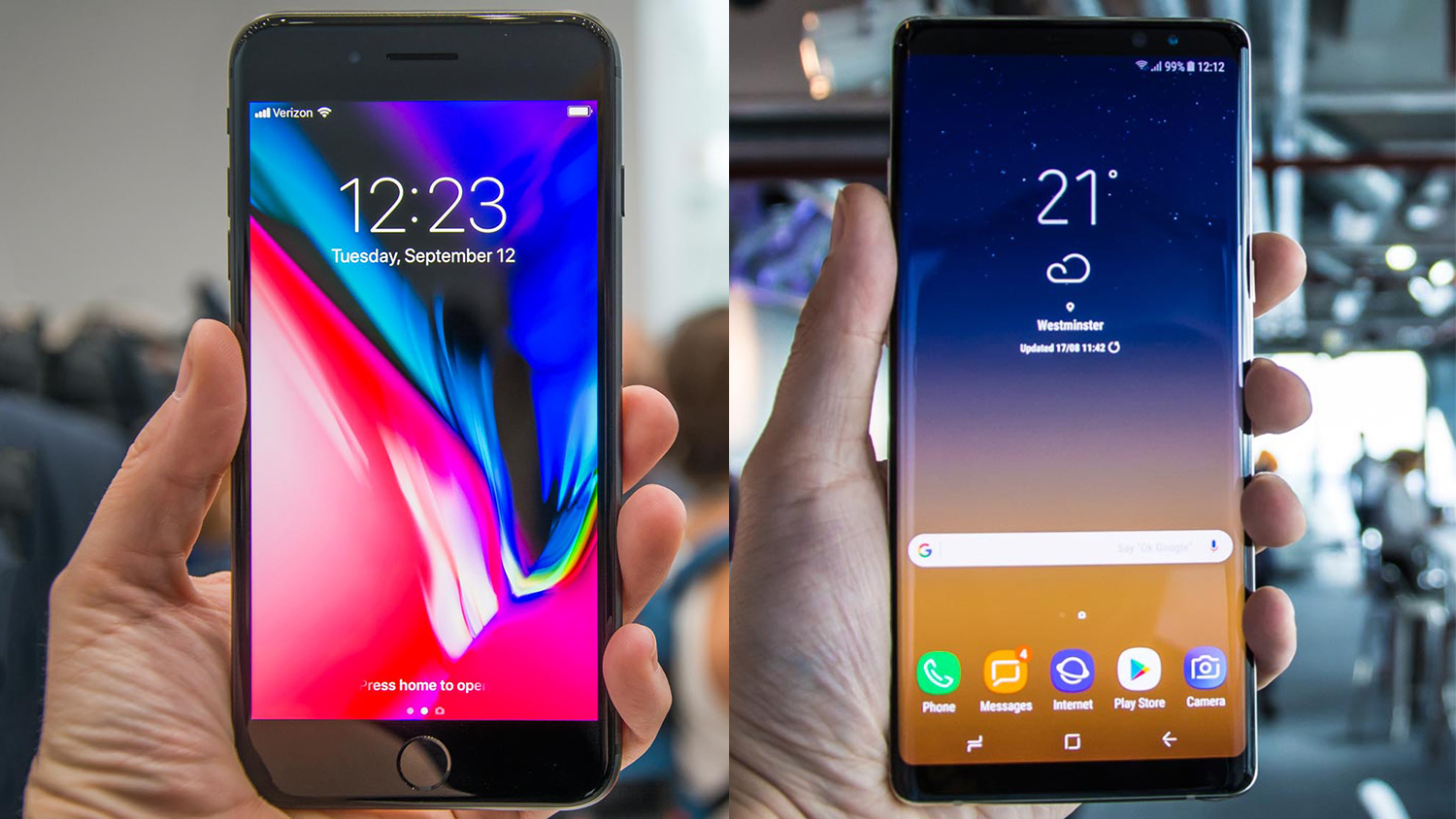The Galaxy Note 8 is faster than the iPhone 8, according to David Rahimi speed test where he thoroughly analysis both the devices .
Speed tests put two devices against each other and make them perform a series of tasks to see how much time it takes them to complete them.
They are a way to put synthetic benchmark results into practice, in a way, and yet the outcome can be very surprising, like in this case.
The A11 Bionic chip aboard the iPhone 8 (and iPhone 8 Plus) is a monstrously powerful system-on-a-chip, capable of beating even desktop-class computers like Apple’s own baseline MacBook Pro.
The Geekbench tests surfaced a few days ago also showed the iPhone 8 outperforming the Snapdragon 835 SoC on the Galaxy Note 8 by a wide margin .
David Rahimi, the YouTuber behind the PhoneBuff channel, has been making speed test videos for years now, and uses a consistent, rather straightforward process to rank smartphone speeds.
There are a total of 16 apps that the devices blaze through in two laps, ranging from light programmes like Calendar and Settings to more graphics-intensive tasks, like games and a Photoshop image export.
After losing the first lap by a few seconds, the Galaxy Note 8 was able to pick things up again and ultimately close in on the iPhone a full six seconds earlier, which is huge considering the hardware competing .
The most interesting aspect may be that the Note 8 used in the test isn’t even the one powered by Samsung’s own Exynos SoC (which might enjoy an extra layer of optimisation), but rather Qualcomm’s Snapdragon 835, a chip that is almost a year old.
There is also a second thing to note, however, and that is system animations. In tests where phones win or lose by mere seconds, even something seemingly unnoticeable like the time it takes for an animation to complete (like opening and closing apps) may make a strong difference.
iOS 11 in particular put much emphasis on certain design tweaks, and now has new, somewhat slow app-opening animations. The Galaxy Note 8’s TouchWiz software, on the other hand, makes use of much faster transitions, which translates into visibly sped up operations.
All in all, Note 8’s imposing spec sheet — most notably the 6GB of RAM — proves that, although such differences become null in actual, real-life usage, internal components still matter.

